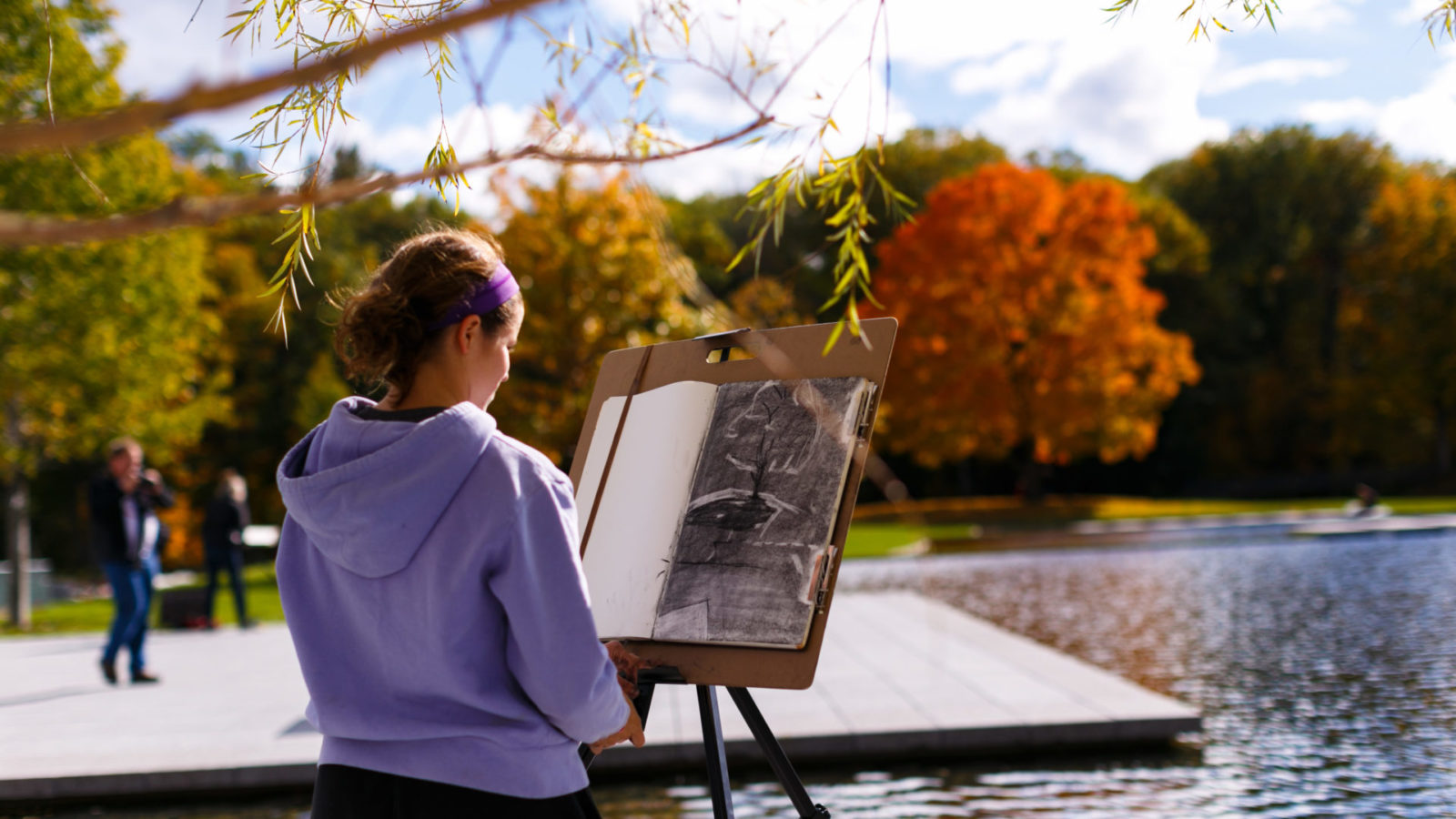As the leaves turn, museums open new shows … Angolan photographer Edson Chagas has created posters from his hometown, and I see them up on Stone Hill at the Clark Art Institute.

Clark Art Institute
As the leaves turn, museums open new shows … Angolan photographer Edson Chagas has created posters from his hometown, and I see them up on Stone Hill at the Clark Art Institute.